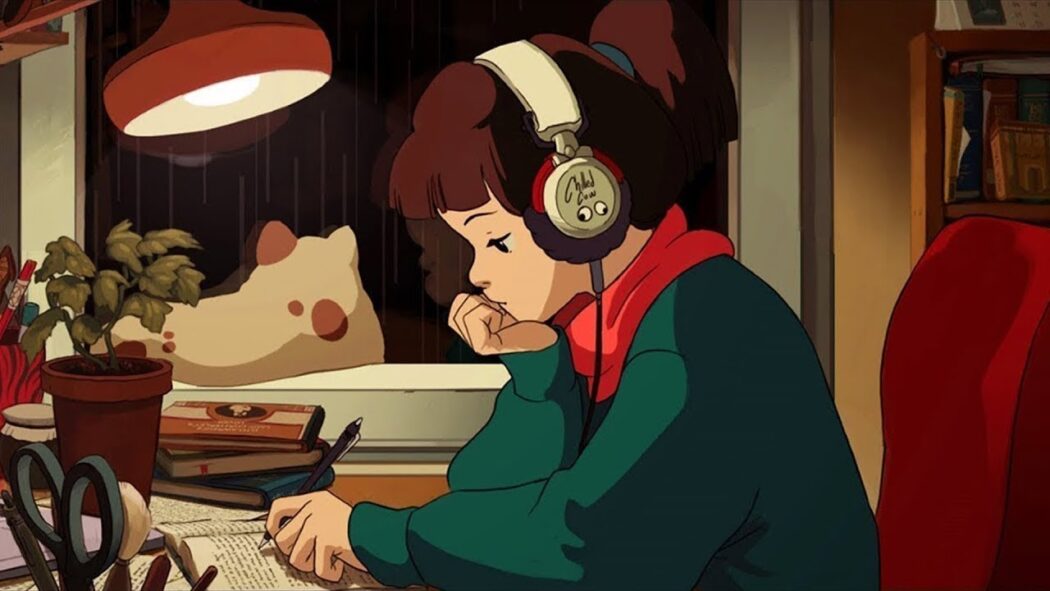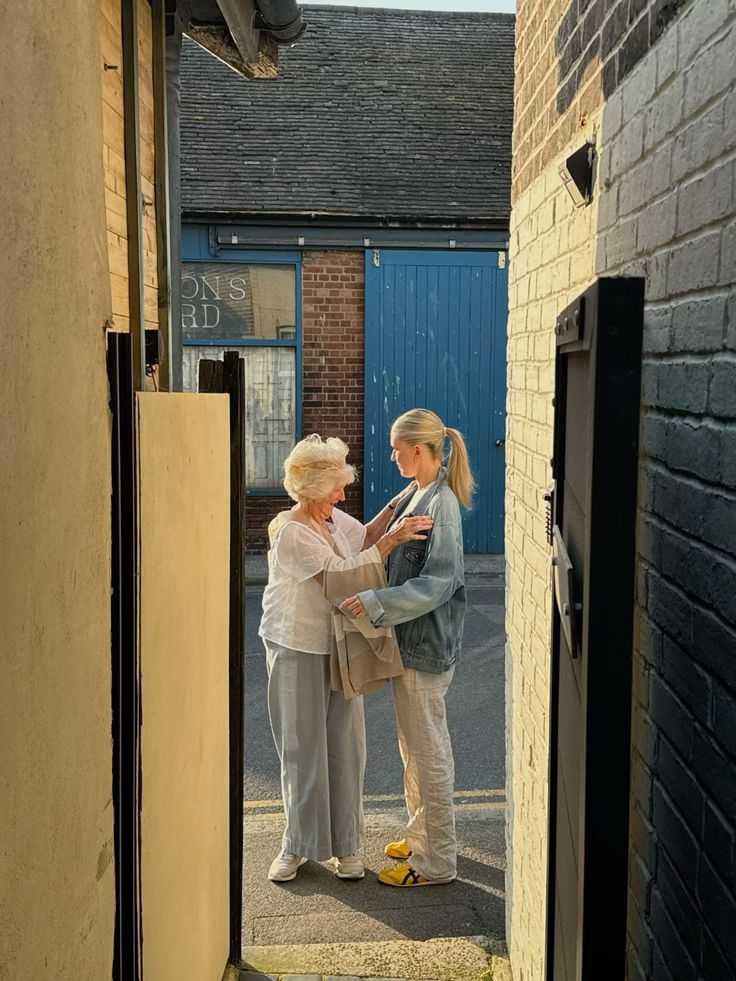Many students argue over what music is perfect to listen to when doing work. Something that won’t distract you, but can fill up the empty space. It seems that the masses have decided: lo-fi hip hop.
Pulling up YouTube on a Sunday night and finding the most popular stream – “lofi hip hop radio – beats to relax/study to” by ChilledCow, there are over 40,000 people watching. When exactly did this start, and why do so many people like it?
The answer, according to interviews done by the Washington Post, is the fact that these beats are predictable and calming. This is a contrast from the world that many students exist in: an endless amount of work, deadlines, stress, and chaos. It is soothing to listen to in the same way that many turn to meditation apps or videos.
A lot of the most popular lo-fi songs borrow themes from jazz, soul, R&B and hip-hop. The tempo is usually slow enough to promote relaxation and focus. This genre of music has also been defined as chillwave, dream pop, bedroom pop and more. Many of the creators of the beats featured within playlists and YouTube streams are people at home making their own stuff, which can help explain why so much surrounding this genre seems somewhat informal. But, for the most part, you are going to find a slow tempo and not a lot of lyrics.
A French composer, Erik Satie, created something called “furniture music” in the 1960’s. This was designed to be music that was heard but not truly listened to, which is completely different to how we treated other tunes. This has morphed into what we consider elevator music, which then gave inspiration to the chill music that plays in the background of late-night frantic college student study sessions. Although these tunes may seem simple when listening to them, it is interesting to think about how music has evolved over time into something used so specifically.
Jessica Tjahyadi, VALLEY Content Creator, Spotify/Youtube Admin and music enthusiast also indulges in study music when she gets work done, specifically lo-fi house music and chill hop. Lo-fi house music typically uses things like muffled drums and fuzzy synths, as well as elements mentioned earlier like not a ton of words.
“The music keeps me engaged and focused on the task at hand that I have to complete. It sets the pace for me,” she explains. Tjahyadi recommends songs for studying like Surf Dude by Tlim Shug, and artists Wun Two and Tomppabeats.
Many people seem to agree with her statements. This Spotify playlist has over 640 thousand followers with a variety of different artists, and over 6 hours of straight lo-fi music. So, although critics may find the sound “boring”, it is still widely appreciated.
Make sure to check out VALLEY Magazine’s Spotify to find some more study tunes and new music.





